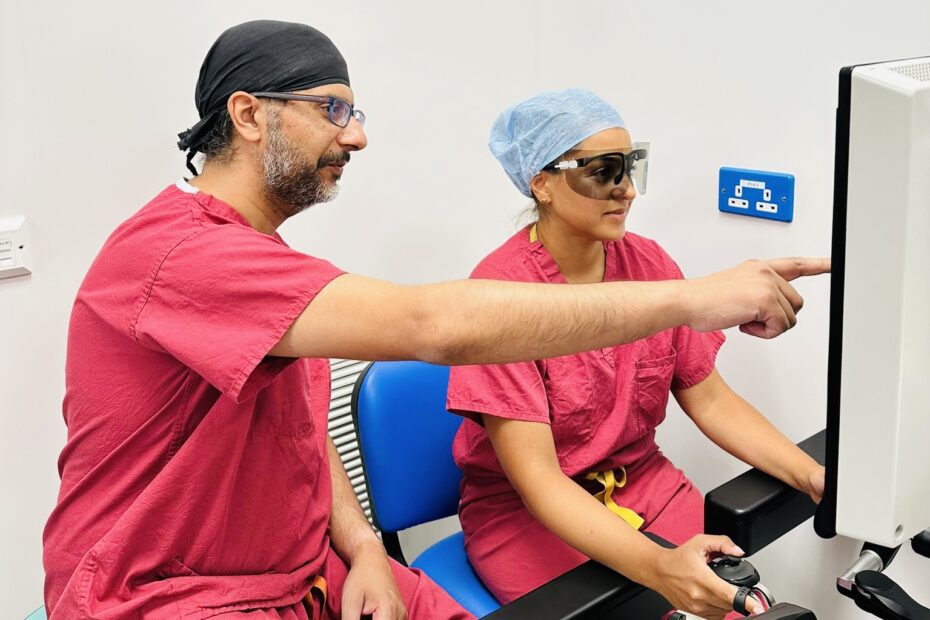Training trainees in robotic surgery is a crucial process that requires a well-structured and comprehensive approach. Robotic surgery involves using robotic systems to assist surgeons in performing procedures with enhanced precision and control. Here are the key steps to effectively train trainees in robotic surgery:
Basics of Robotic Systems: Ensure that trainees have a thorough understanding of the robotic system being used, including its components, setup, and functionalities. This includes familiarity with the console, robotic arms, camera system, and instrumentation.
Anatomy and Surgical Techniques: Trainees should have a strong foundation in human anatomy and surgical techniques. Understanding the specific procedures they will be performing using the robotic system is essential.
Simulation and Virtual Reality: Implement simulation and virtual reality platforms to provide trainees with a safe environment to practice robotic surgical procedures. These platforms can mimic real surgical scenarios and help trainees develop hand-eye coordination and spatial awareness.
Stepwise Training: Begin with basic tasks and gradually progress to more complex procedures. This stepwise approach allows trainees to build their skills incrementally and gain confidence before moving on to more challenging surgeries.
Guided Practice: Initially, have experienced surgeons guide trainees through procedures, either by directly assisting or providing verbal guidance. This mentorship ensures that trainees learn the correct techniques and strategies.
Structured Curriculum: Develop a curriculum that covers both theoretical knowledge and practical skills. Incorporate lectures, workshops, hands-on practice, and case discussions into the training program.
Hands-On Training: Provide ample opportunities for trainees to practice on robotic systems under supervision. Encourage them to manipulate the robotic arms, use the instruments, and become comfortable with the system’s interface.
Feedback and Assessment: Regularly provide constructive feedback to trainees based on their performance during simulated and real surgeries. Video recordings of their procedures can be helpful for in-depth reviews.
Case Observation: Allow trainees to observe experienced surgeons performing robotic procedures. This provides insights into different approaches, techniques, and strategies used in real surgeries.
Progress Tracking: Keep track of each trainee’s progress, strengths, and areas needing improvement. This information can help tailor the training program to individual needs.
Dedicated Training Centers: Establish dedicated training centers equipped with robotic systems for trainees to practice. These centers can also host workshops, conferences, and collaborative learning experiences.
Certification and Credentialing: After completing the training program, consider offering certification or credentialing to trainees who demonstrate competence in robotic surgical techniques. This formal recognition adds credibility to their skills.
Continuous Learning: Encourage trainees to stay updated with the latest advancements in robotic surgery through conferences, workshops, and ongoing education.
Ethical Considerations: Discuss ethical aspects related to robotic surgery, including patient consent, transparency, and potential risks, to ensure trainees are well-informed practitioners.
Remember that robotic surgery is a rapidly evolving field, so continuous adaptation and improvement of the training program are essential to produce skilled and competent robotic surgeons.
